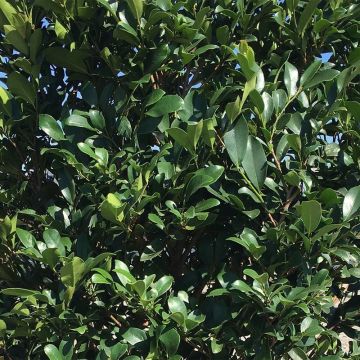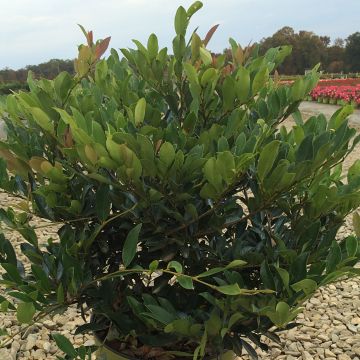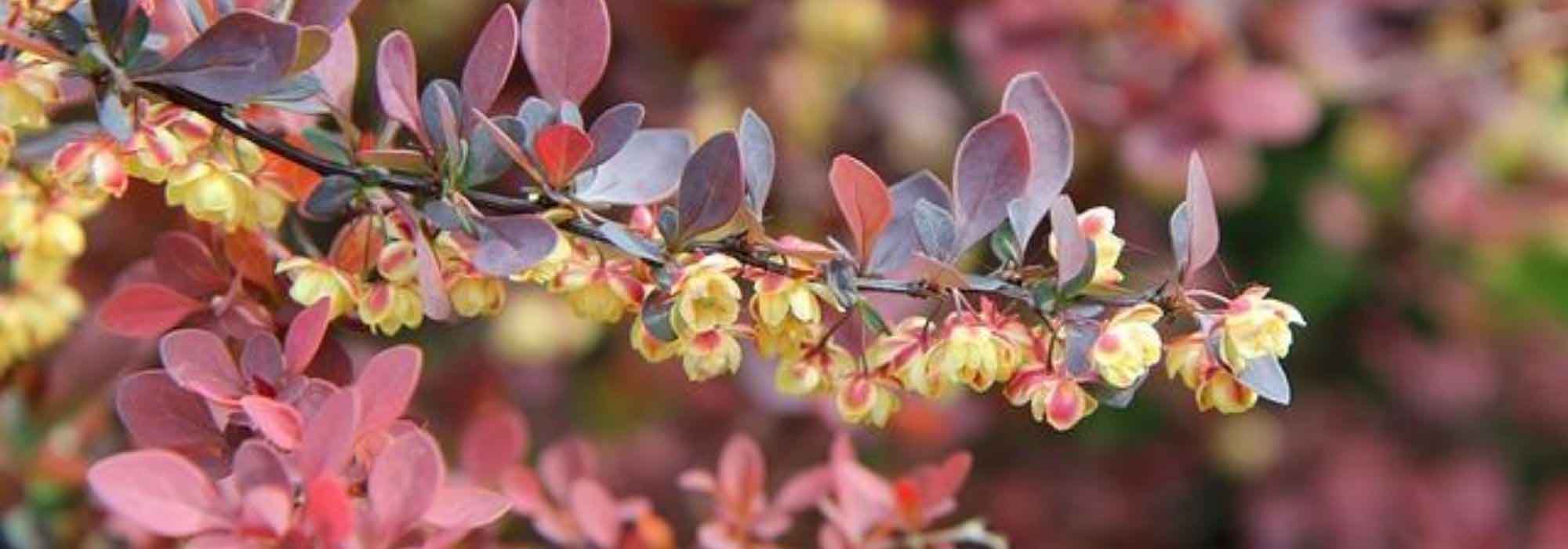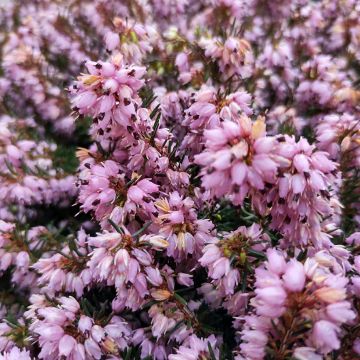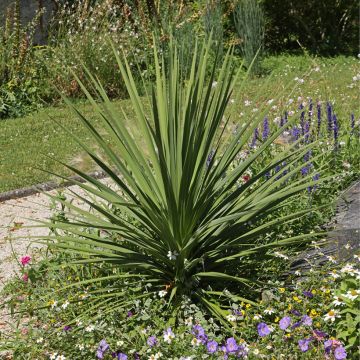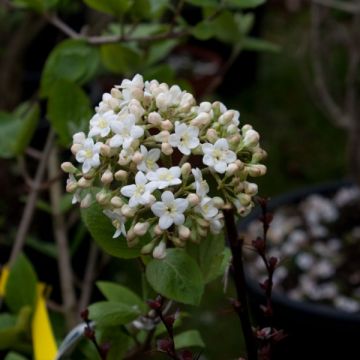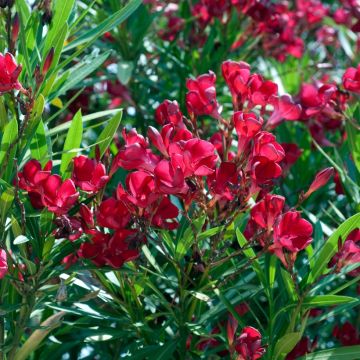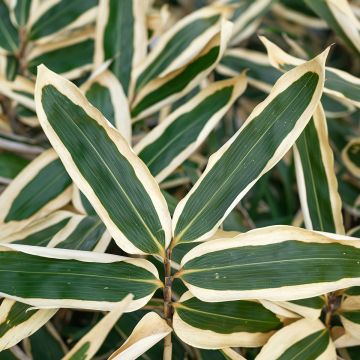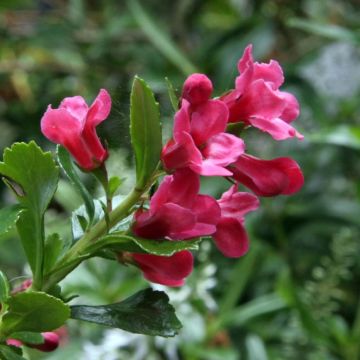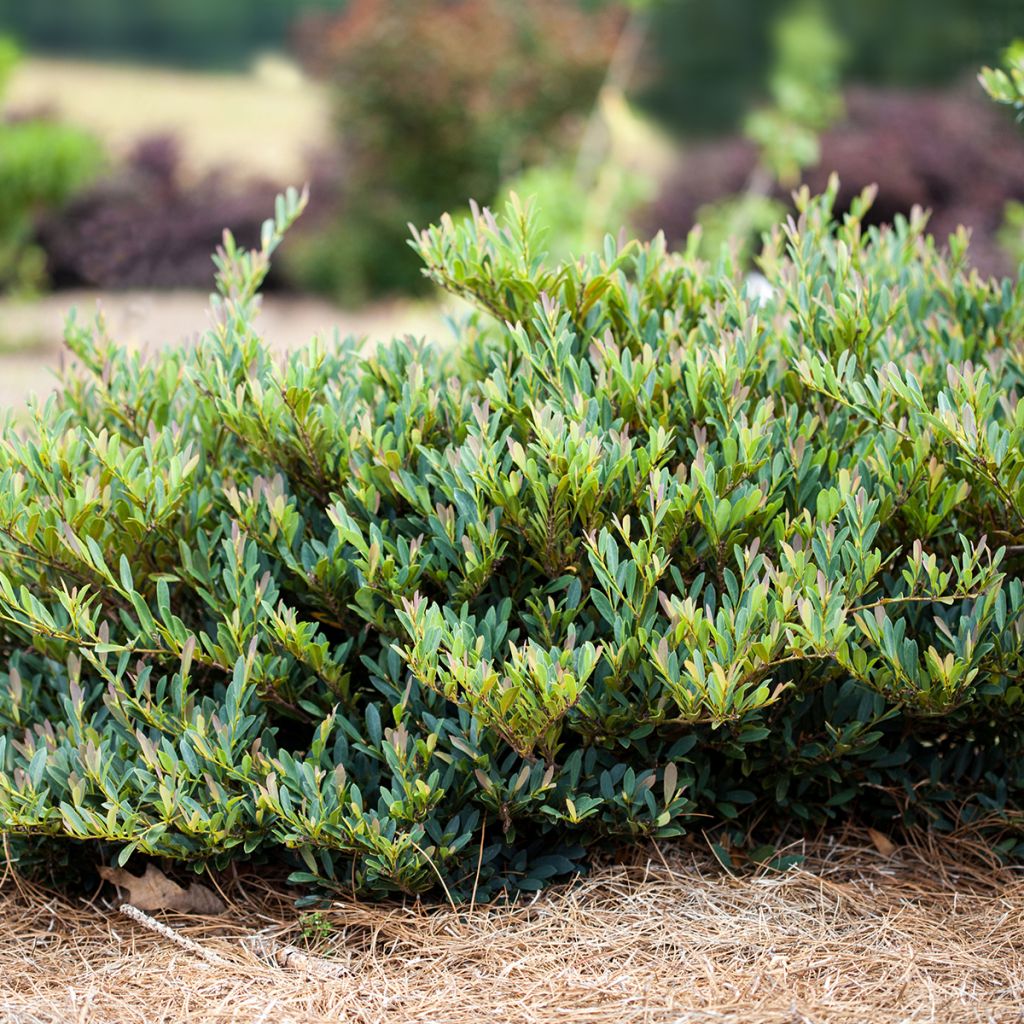

Distylium Cinnamon Girl
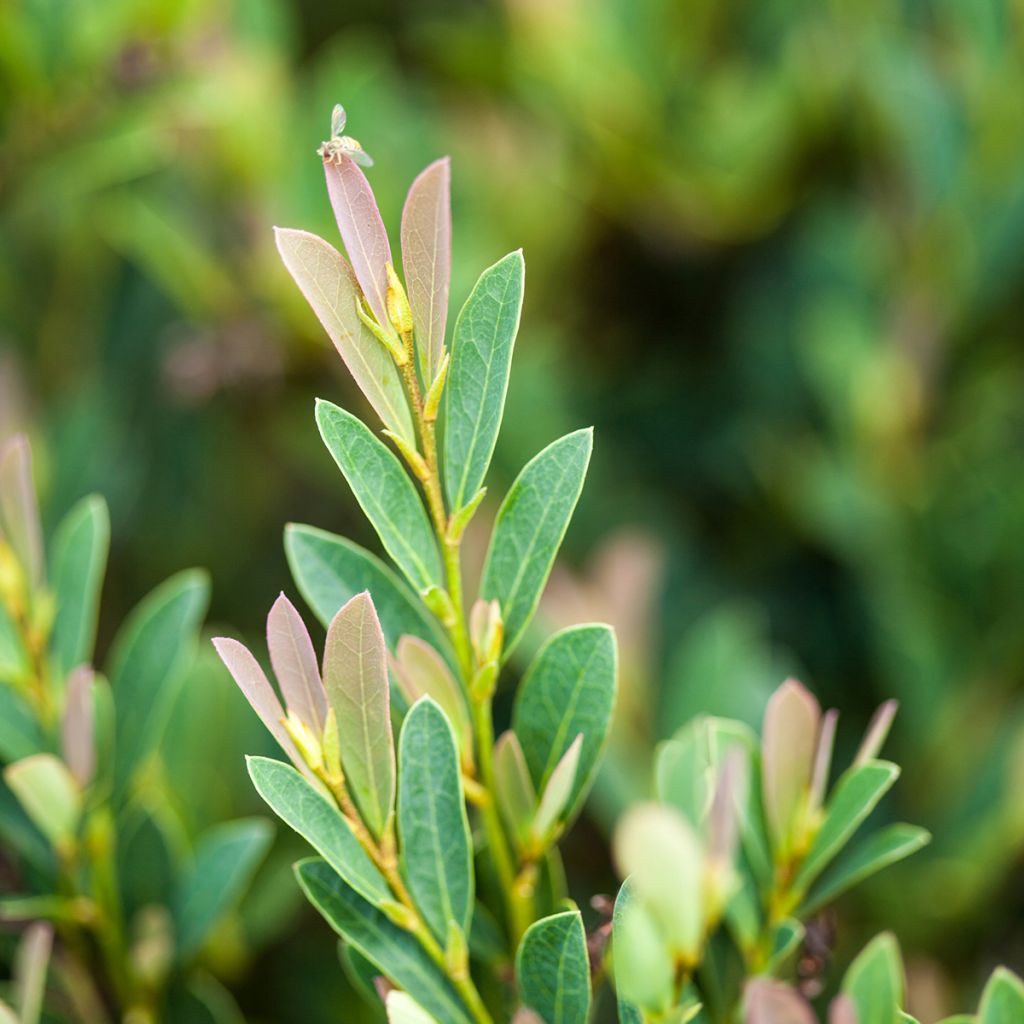

Distylium Cinnamon Girl
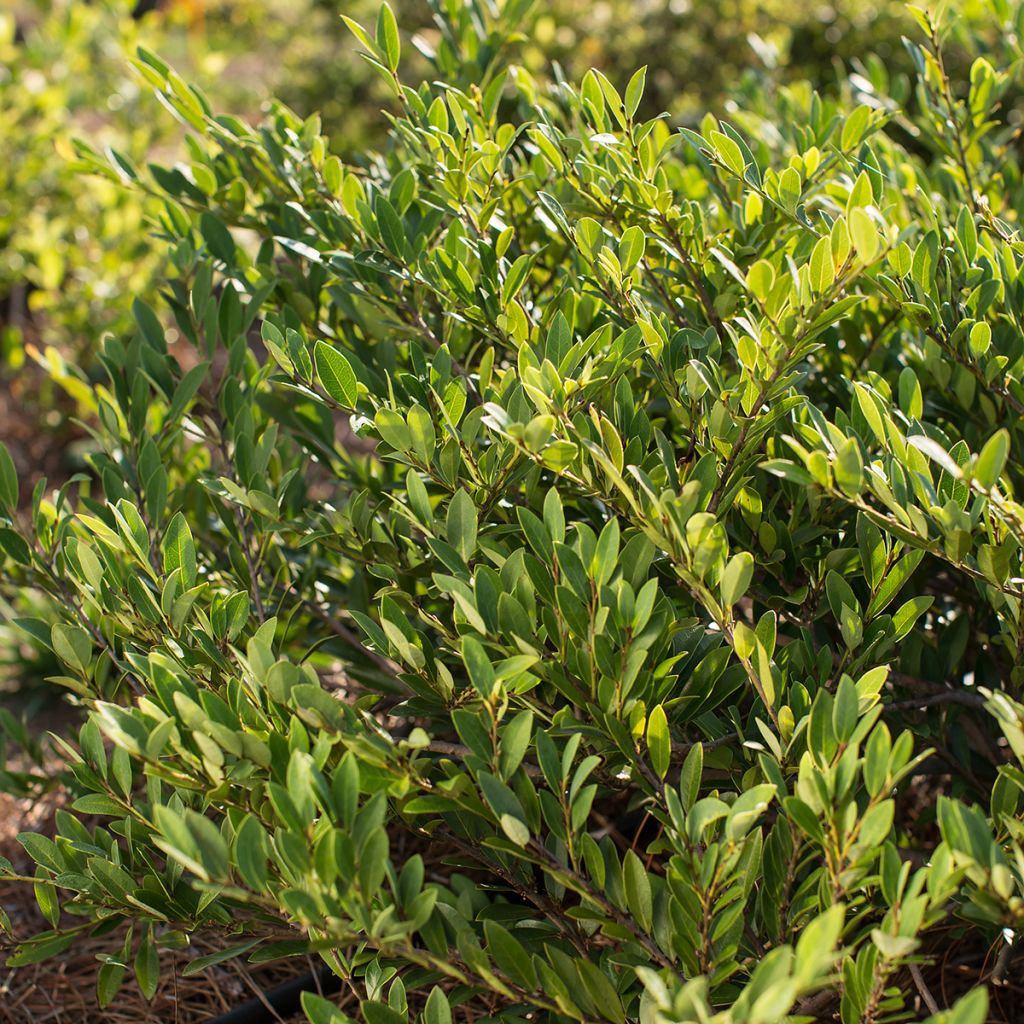

Distylium Cinnamon Girl
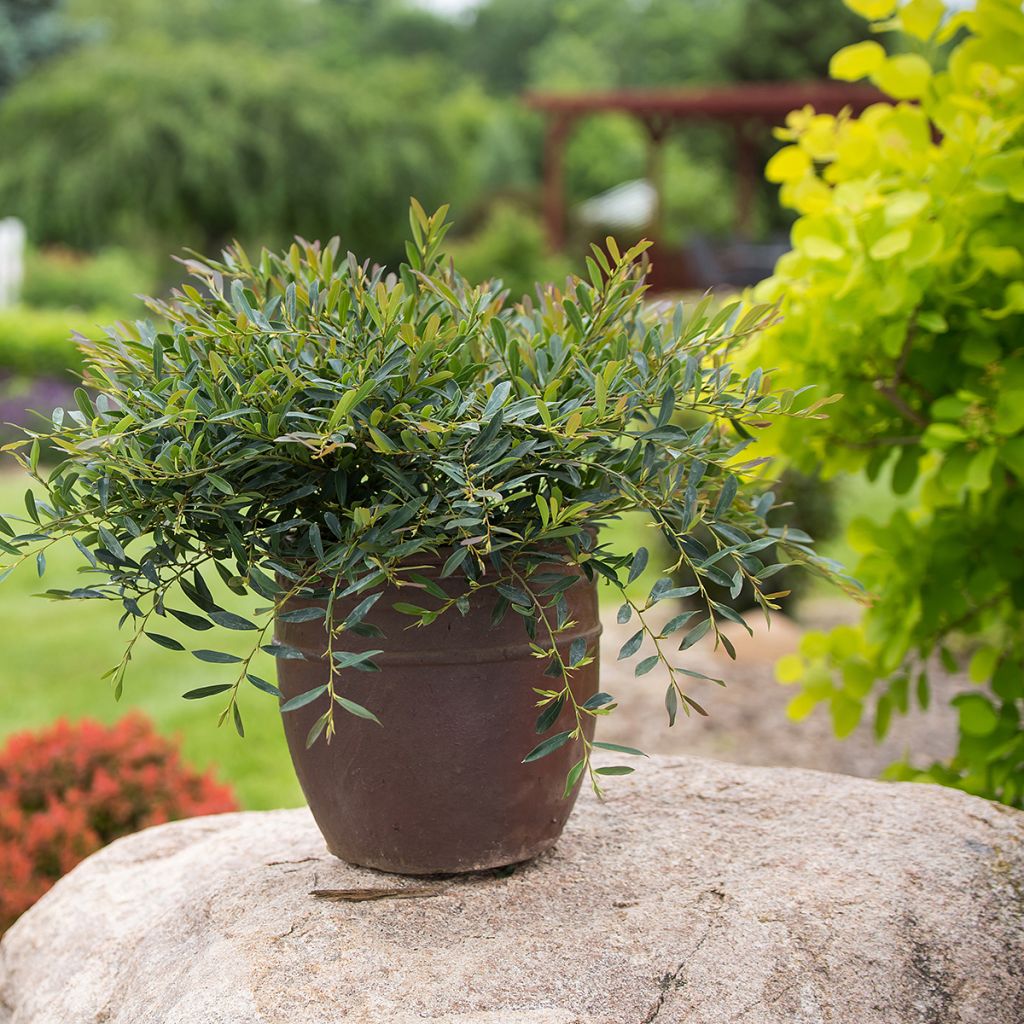

Distylium Cinnamon Girl
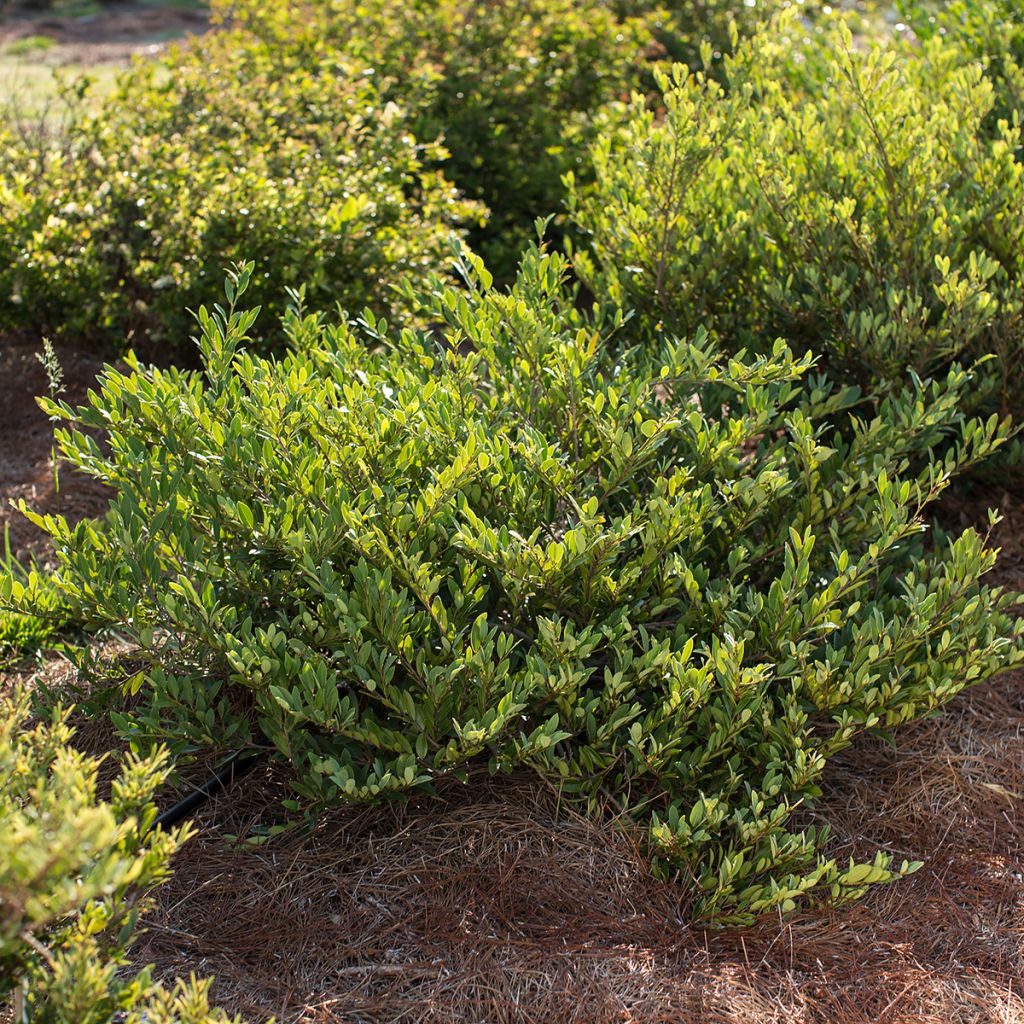

Distylium Cinnamon Girl
Distylium Cinnamon Girl
Distylium Cinnamon Girl®
Isu Tree
Special offer!
Receive a €20 voucher for any order over €90 (excluding delivery costs, credit notes, and plastic-free options)!
1- Add your favorite plants to your cart.
2- Once you have reached €90, confirm your order (you can even choose the delivery date!).
3- As soon as your order is shipped, you will receive an email containing your voucher code, valid for 3 months (90 days).
Your voucher is unique and can only be used once, for any order with a minimum value of €20, excluding delivery costs.
Can be combined with other current offers, non-divisible and non-refundable.
Home or relay delivery (depending on size and destination)
Schedule delivery date,
and select date in basket
This plant carries a 24 months recovery warranty
More information
We guarantee the quality of our plants for a full growing cycle, and will replace at our expense any plant that fails to recover under normal climatic and planting conditions.
Would this plant suit my garden?
Set up your Plantfit profile →
Description
Distylium 'Cinnamon Girl' is a hardy, evergreen bush still uncommon in our gardens despite its numerous qualities. With dense and persistent vegetation throughout the year, it resists diseases and insects, tolerates pruning well, and withstands drought and heat. In average climates this recent hybrid is an excellent alternative to boxwood for low hedges, or to Lonicera nitida, as its growth is less significant and requires less pruning. Elegant with its glossy foliage of a rather fine texture, this cousin of Hamamelis stands out with beautiful purple young shoots, and is animated by small dark red flowers in winter. It prefers north-facing sun or partial shade, in hot climates, and only dislikes overly chalky or poorly drained soils.
Distylium is a genus belonging to the family Hamamelidaceae, like Parrotia, Hamamelis, Corylopsis and Loropetalum. The Distylium genus comprises 18 species of trees and shrubs, mostly native to China or Southeast Asia. The leaves are alternate and leathery, and the petal-less flowers, are grouped in spikes. Most species tolerate light frosts, but some horticultural hybrids are more cold-resistant.
This is the case with Cinnamon Girl, a recent variety from the First Editions range with small leaves, known as the hardiest of all, capable of withstanding temperatures as low as -15°C (5 °F) to -17°C (1.4 °F). This good frost resistance allows it to be planted in most regions. This low-growing bush measures a maximum of 60 to 90 cm (23.6 to 35.4 in) in height, with a spread of 90 to 120 cm (35.4 to 47.2 in), forming very dense clumps that can act as ground cover on slopes, where it will limit erosion. Its foliage is made up of small elliptical lanceolate leaves, leathery and evergreen. It is particularly interesting in spring, with young shoots taking on a purplish hue, close to the colour of plums, which is very distinguished against the older bluish-green foliage.
Being a true Hamamelidaceae, this bush flowers in late winter (February-March), producing reddish spikes of petal-less flowers, inconspicuous, but welcome at a time still poor in flowers.
The branches are relatively upright at the base and then open up more widely to form a very spreading clump. As it tolerates pruning well, it can be shaped into low hedges, replacing boxwood well as it is not susceptible to insects or diseases. It is an accommodating plant, growing in ordinary, well-drained neutral to slightly acidic soil (limestone causes chlorosis), from moist to dry. It thrives in the sun and tolerates shade in hot climates, and can even be grown in the south as it withstands heat very well and, once rooted, also withstands drought.
With its very dense foliage and spreading habit, this Distylium will be perfect for covering and stabilizing a slope, or forming a resistant low hedge, or even being integrated into the foreground of a mixed border. Its natural inclination towards slightly acidic soils allows it to be associated with other plants from the same family, such as varieties of Loropetalum that have the same needs. 'Black Pearl' with its almost black purple foliage will create a superb contrast, while its bright red-pink flowering will brighten up spring. To extend the flowering season, you can also plant Hydrangeas in the same border, such as the superb Hydrangea paniculata Diamant Rouge, whose flowering starts white before turning increasingly dark shades of pink, ending in a wine colour after 3 months.
Report an error about the product description
Distylium Cinnamon Girl in pictures




Plant habit
Flowering
Foliage
Botanical data
Distylium
Cinnamon Girl®
Hamamelidaceae
Isu Tree
Cultivar or hybrid
Other Distylium
View all →Planting and care
Distylium 'Cinnamon Girl First Editions' is a low-maintenance bush that is easy to grow in most of our climates. It thrives in the sun in cooler climates or in partial shade further south, in deep, slightly acidic, well-prepared, fertile and well-drained soil. Once well-rooted, this bush doesn't require any watering in the summer. High levels of limestone can cause its foliage to turn yellow, especially in heavy soils. If this occurs, treat it with iron chelate. This bush can tolerate temperatures as low as -15°C/-17°C (1.4 °F) once mature, so plant it in a sheltered spot in very cold climates. In spring, apply fertilizer. Pruning is not necessary, but it is well-tolerated. If desired, lightly trim and remove branches that compromise its habit after flowering.
Planting period
Intended location
Care
Planting & care advice
This item has not been reviewed yet - be the first to leave a review about it.
Similar products
Haven't found what you were looking for?
Hardiness is the lowest winter temperature a plant can endure without suffering serious damage or even dying. However, hardiness is affected by location (a sheltered area, such as a patio), protection (winter cover) and soil type (hardiness is improved by well-drained soil).

Photo Sharing Terms & Conditions
In order to encourage gardeners to interact and share their experiences, Promesse de fleurs offers various media enabling content to be uploaded onto its Site - in particular via the ‘Photo sharing’ module.
The User agrees to refrain from:
- Posting any content that is illegal, prejudicial, insulting, racist, inciteful to hatred, revisionist, contrary to public decency, that infringes on privacy or on the privacy rights of third parties, in particular the publicity rights of persons and goods, intellectual property rights, or the right to privacy.
- Submitting content on behalf of a third party;
- Impersonate the identity of a third party and/or publish any personal information about a third party;
In general, the User undertakes to refrain from any unethical behaviour.
All Content (in particular text, comments, files, images, photos, videos, creative works, etc.), which may be subject to property or intellectual property rights, image or other private rights, shall remain the property of the User, subject to the limited rights granted by the terms of the licence granted by Promesse de fleurs as stated below. Users are at liberty to publish or not to publish such Content on the Site, notably via the ‘Photo Sharing’ facility, and accept that this Content shall be made public and freely accessible, notably on the Internet.
Users further acknowledge, undertake to have ,and guarantee that they hold all necessary rights and permissions to publish such material on the Site, in particular with regard to the legislation in force pertaining to any privacy, property, intellectual property, image, or contractual rights, or rights of any other nature. By publishing such Content on the Site, Users acknowledge accepting full liability as publishers of the Content within the meaning of the law, and grant Promesse de fleurs, free of charge, an inclusive, worldwide licence for the said Content for the entire duration of its publication, including all reproduction, representation, up/downloading, displaying, performing, transmission, and storage rights.
Users also grant permission for their name to be linked to the Content and accept that this link may not always be made available.
By engaging in posting material, Users consent to their Content becoming automatically accessible on the Internet, in particular on other sites and/or blogs and/or web pages of the Promesse de fleurs site, including in particular social pages and the Promesse de fleurs catalogue.
Users may secure the removal of entrusted content free of charge by issuing a simple request via our contact form.
The flowering period indicated on our website applies to countries and regions located in USDA zone 8 (France, the United Kingdom, Ireland, the Netherlands, etc.)
It will vary according to where you live:
- In zones 9 to 10 (Italy, Spain, Greece, etc.), flowering will occur about 2 to 4 weeks earlier.
- In zones 6 to 7 (Germany, Poland, Slovenia, and lower mountainous regions), flowering will be delayed by 2 to 3 weeks.
- In zone 5 (Central Europe, Scandinavia), blooming will be delayed by 3 to 5 weeks.
In temperate climates, pruning of spring-flowering shrubs (forsythia, spireas, etc.) should be done just after flowering.
Pruning of summer-flowering shrubs (Indian Lilac, Perovskia, etc.) can be done in winter or spring.
In cold regions as well as with frost-sensitive plants, avoid pruning too early when severe frosts may still occur.
The planting period indicated on our website applies to countries and regions located in USDA zone 8 (France, United Kingdom, Ireland, Netherlands).
It will vary according to where you live:
- In Mediterranean zones (Marseille, Madrid, Milan, etc.), autumn and winter are the best planting periods.
- In continental zones (Strasbourg, Munich, Vienna, etc.), delay planting by 2 to 3 weeks in spring and bring it forward by 2 to 4 weeks in autumn.
- In mountainous regions (the Alps, Pyrenees, Carpathians, etc.), it is best to plant in late spring (May-June) or late summer (August-September).
The harvesting period indicated on our website applies to countries and regions in USDA zone 8 (France, England, Ireland, the Netherlands).
In colder areas (Scandinavia, Poland, Austria...) fruit and vegetable harvests are likely to be delayed by 3-4 weeks.
In warmer areas (Italy, Spain, Greece, etc.), harvesting will probably take place earlier, depending on weather conditions.
The sowing periods indicated on our website apply to countries and regions within USDA Zone 8 (France, UK, Ireland, Netherlands).
In colder areas (Scandinavia, Poland, Austria...), delay any outdoor sowing by 3-4 weeks, or sow under glass.
In warmer climes (Italy, Spain, Greece, etc.), bring outdoor sowing forward by a few weeks.






























